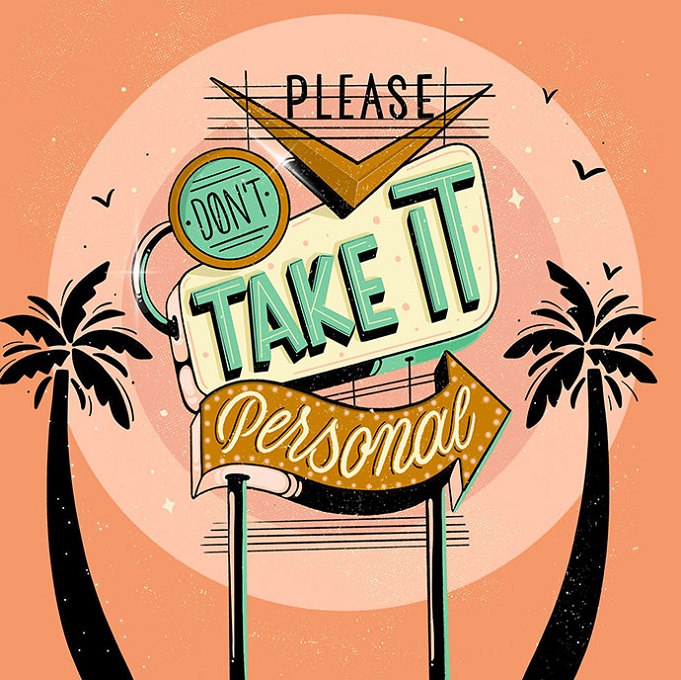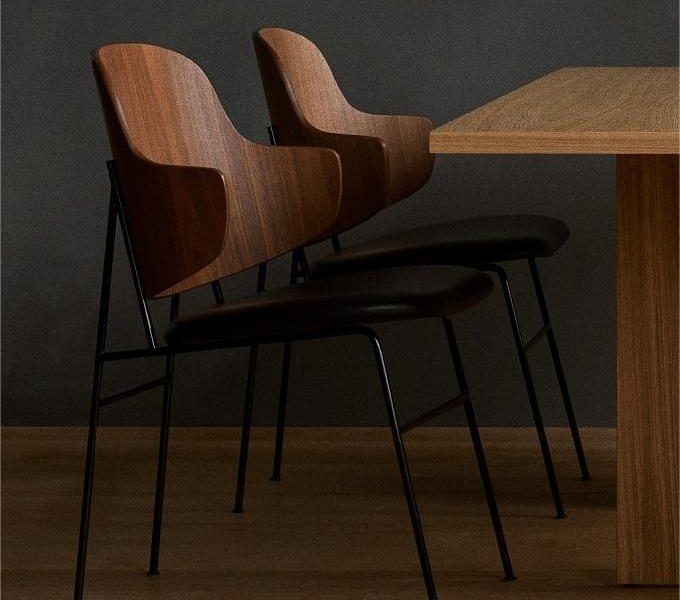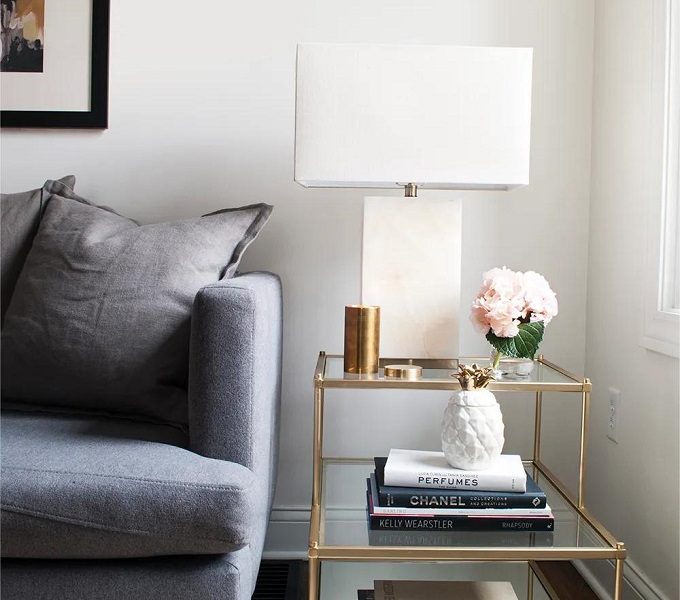
Vintage design is a type of design that is reminiscent of times from centuries past. It can include antique furniture or classic cars. Some designers add swirls, ornamental vectors, and other subtle details to create a look that mimics an old-fashioned style.
To create vintage design, the designer needs to think about how to represent the history of a certain period. The era will be reflected in the color palette, fonts, and construction of the design. This can be done to give the design a nostalgic feel or to emphasize a specific aspect of the product.
Some examples of vintage design are ’50s art styles, 80s skate zine graphics, and fonts from Steampunk video game covers. These designs are not only fun but can be quite meaningful. They can help make a brand or product stand out from the crowd. If you’re interested in making a design that is both a statement and a memento, you’ll want to take some time to research the designs of the era you’re looking to emulate.
The most obvious homage to vintage design would be the use of a specific font. Some of the most popular fonts from the 20th century are Palatino Black and Block Condensed. When choosing a font, make sure that it represents the technology used in the era. Also, you should consider whether or not it will suit your brand.
Another thing to look into is color psychology. Lights and shadows are a major component of vintage design. A good color palette is important to a successful design. In particular, you should consider the colors of the era. You can use low-poly icons and geometric patterns for your design.
Colors that are more muted or a bit darker will have a more dramatic effect. Neon typography is a great way to bring your design into the ’80s. It also lends an instant nocturnal vibe to your design.
Another fun homage to vintage design is the use of ribbon. Ribbons can be used in a straight or curving way. Sometimes, they’re even twisted into shapes. Be careful about how you incorporate ribbon into your design, though. If you’re trying to create a design that looks like it was made in the ’50s, it can be difficult to incorporate elements of the ’80s into the design without sacrificing the ’50s.
Other than the usual ’50s and ’70s icons, you can also find new designs that are specifically designed to fit into the vintage lexicon. For instance, the new ‘Vaporwave’ style draws inspiration from surrealist photographs and the pastel color schemes of that era.
Finally, there are other retro design homages to consider. Pyramid Arcade, for example, borrows from the ’50s and ’70s to create a design that feels both modern and nostalgic at the same time.
By using vintage design, you’ll be able to evoke a sense of nostalgia and create a connection with consumers. However, you must also remember that not all outcomes are appreciated by your target audience.



